Introduction
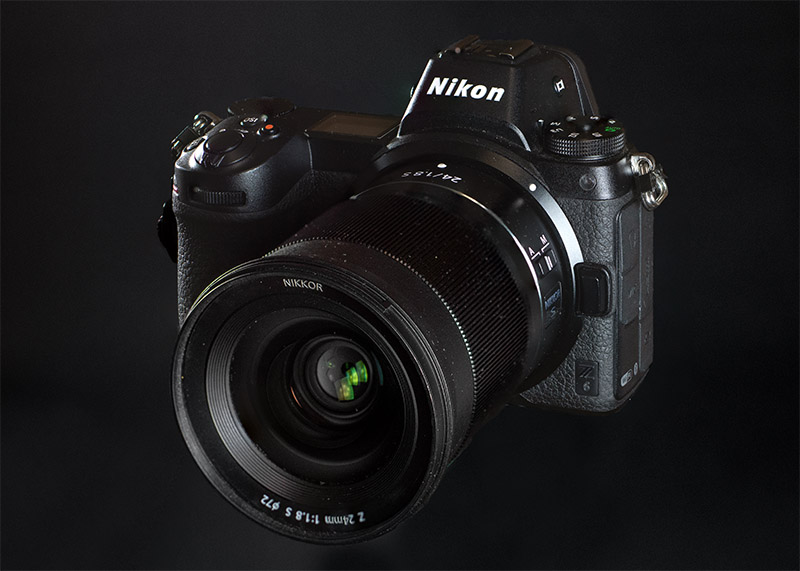
The Nikon Nikkor Z 24mm f/1.8 S is the only Nikon 24mm with Z mount. 24mm on a full frame camera is quite wide at the verge of ultra wide angle, which can create dramatic images but at the same time it is not so wide that it makes composing images difficult. It is great for landscape photography, but due to its f/1.8 wide aperture it can also be easily used indoors or in other low light situations. It is a relatively expensive lens for being a 24mm f/1.8, but if this lens’s qualities show to be excellent then it can be considered as a reasonable price. Bear in mind that as Nikon’s only available Z mount 24mm prime it should appeal to all users, including the professionals and if its qualities are satisfactory for professional users then it is a relatively cheap lens. So, let’s see how it performs!
Sample Images
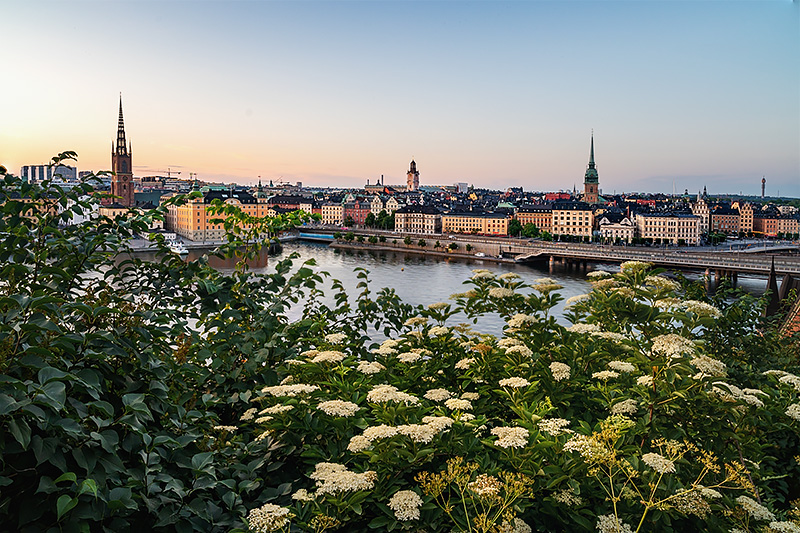
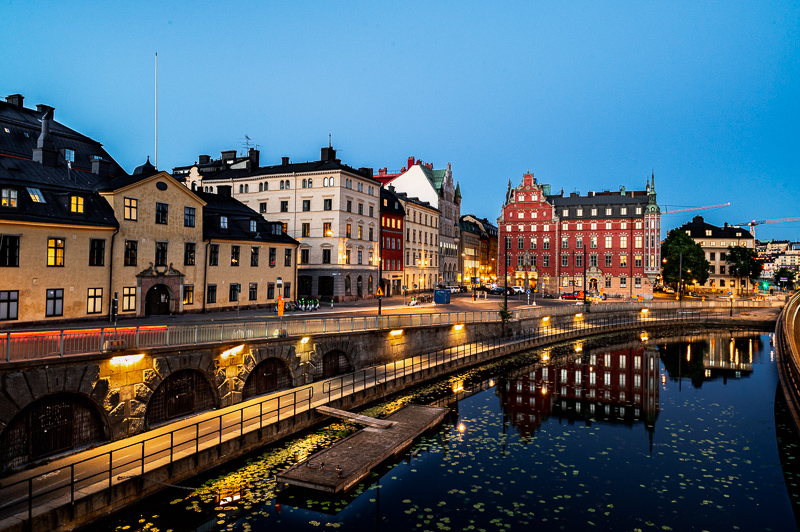
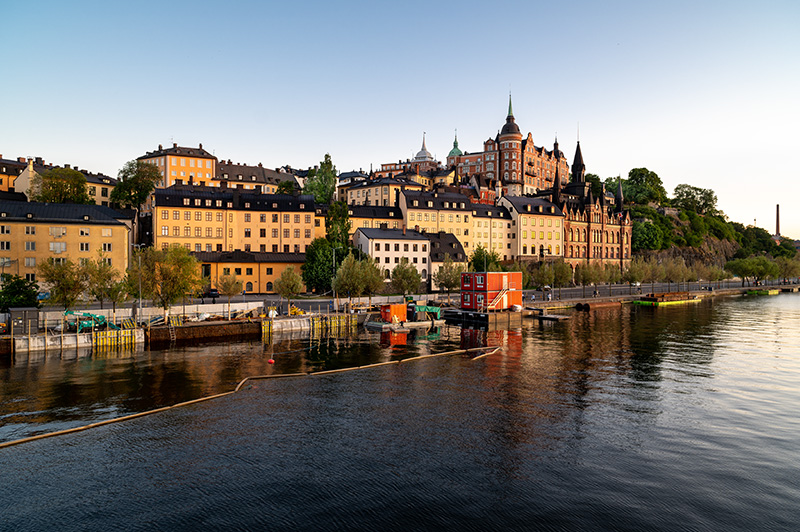

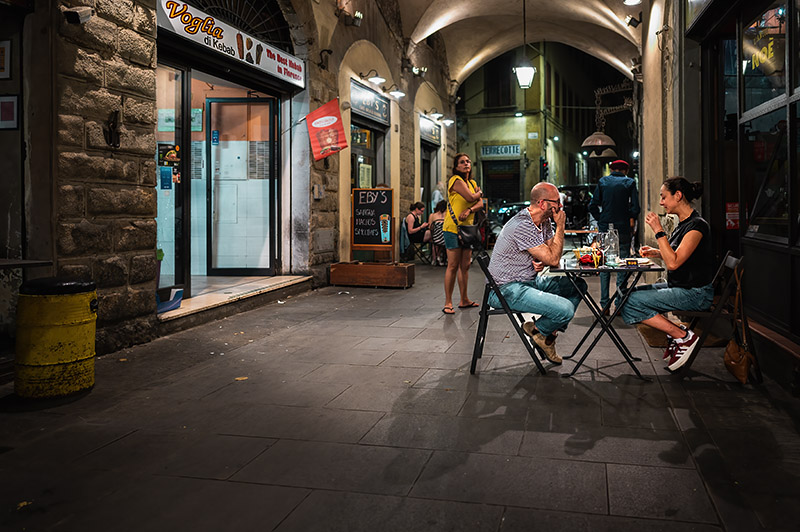
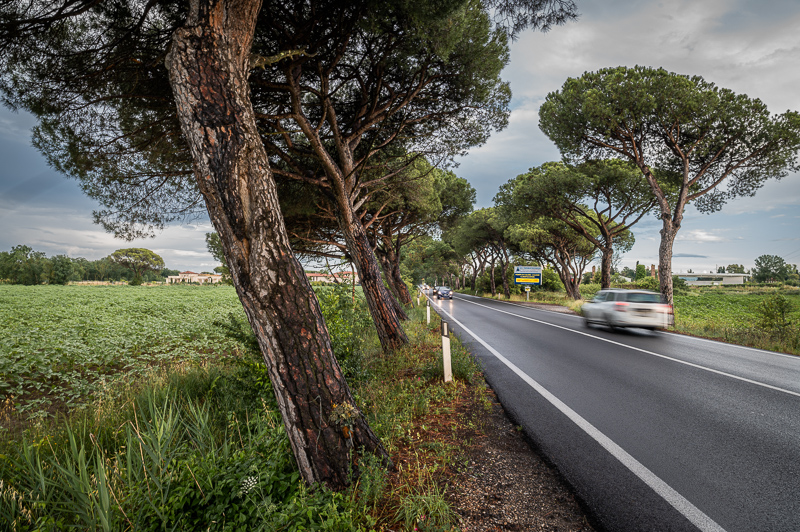

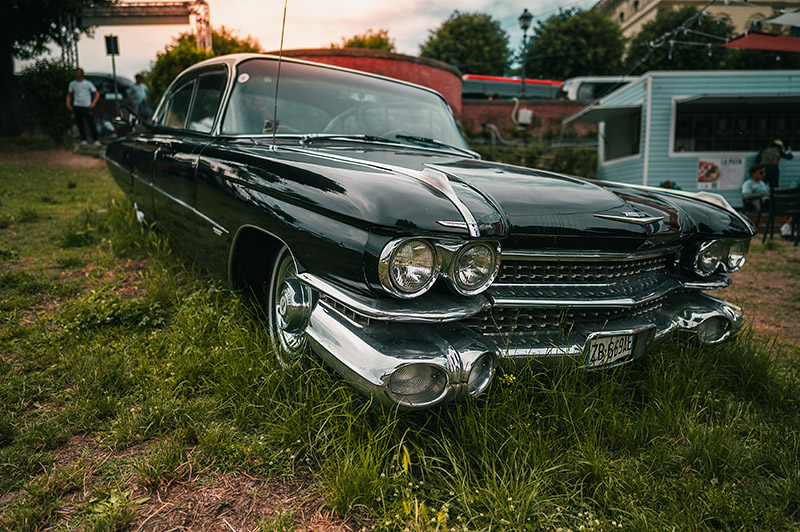
Most of the sample images in this review and many more can be found in higher resolution here.
Disclosure
I bought this lens with my own earned money for test/review purposes.
Specifications
Focal Length: 24mm
Aperture Range: f/1.8 – f/16
Number of Aperture Blades: 9
Min Focus: 0.25 m
Filter Size: 72 mm
Lens Mount: Nikon Z
Weight: 450 g
Diameter x Length: 78 mm x 96.5 mm
Elements/Group: 12/10
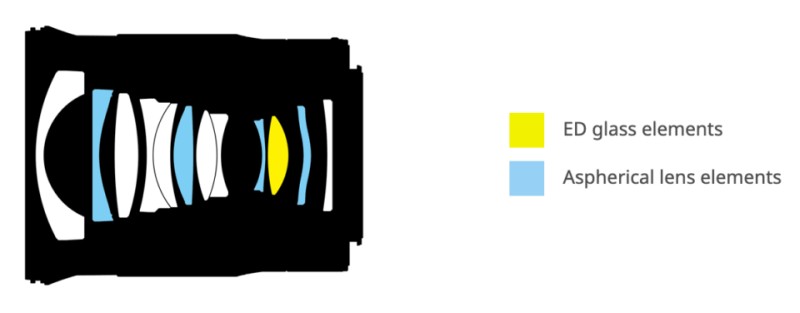
Handling
The Nikkor Z 24mm f/1.8 is like most of the other Z lenses relatively large and slick, seemingly of good quality plastic and robust, but the rear mounting plate is of metal. It is environmentally sealed. There are no other variations of this lens yet. There is only one switch on the lens for choosing manual or autofocus and a single but large metallic ring that is very easy to find without removing your eye from the viewfinder. The ring is normally used for autofocus override and manual focusing but can be programmed to be an ISO, Exposure compensation or aperture setting ring. The manual focusing is responsive and the rotation of the ring has good resistance. The autofocus is, like all the other Z lenses, focus by wire using a stepping motor (STM), accurate, quiet and acceptably fast. Despite the relatively big size there is no built-in image stabilization in the lens. The lens is built with 12 elements in 10 groups (including 1 ED glass and 4 aspherical lens elements, and elements with Nano Crystal Coat). It has 9 rounded aperture blades. The elements have Super Integrated Coating. The front element also has fluorine coating against moisture and dust.
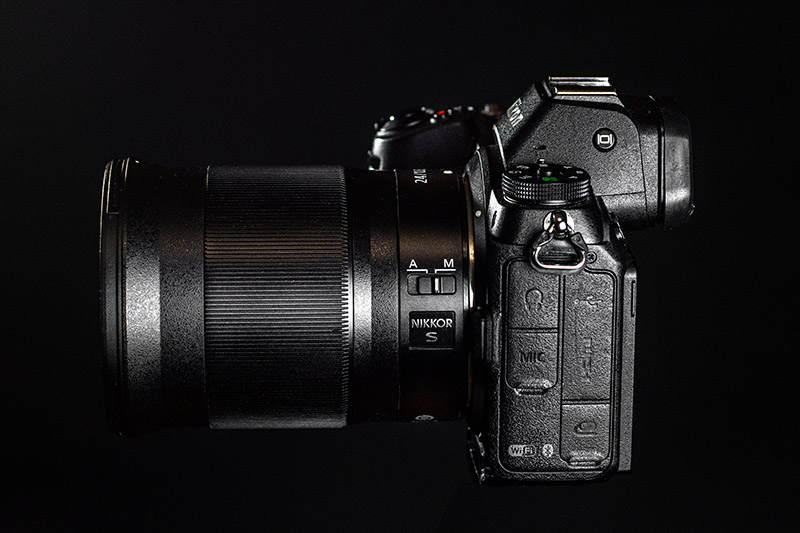
Optical Features
Sharpness (Infinity)
Let’s first have a look at its MTF chart at f/1.8 provided by Nikon:
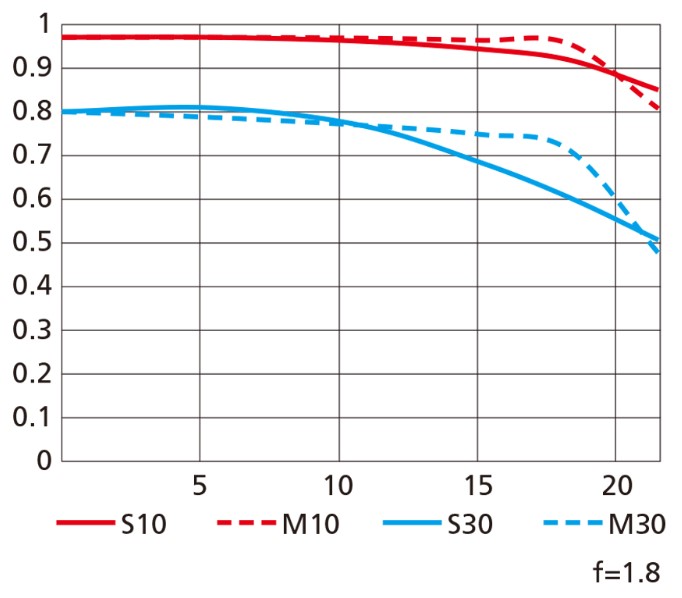
From the curves you can expect that the lens should have excellent contrast over the whole frame with excellent sharpness from center to at least the long edge of the frame and very good sharpness to the short edge of the frame with no field curvature, astigmatism or lateral CA. Looks very promising, let’s check it out in real world.
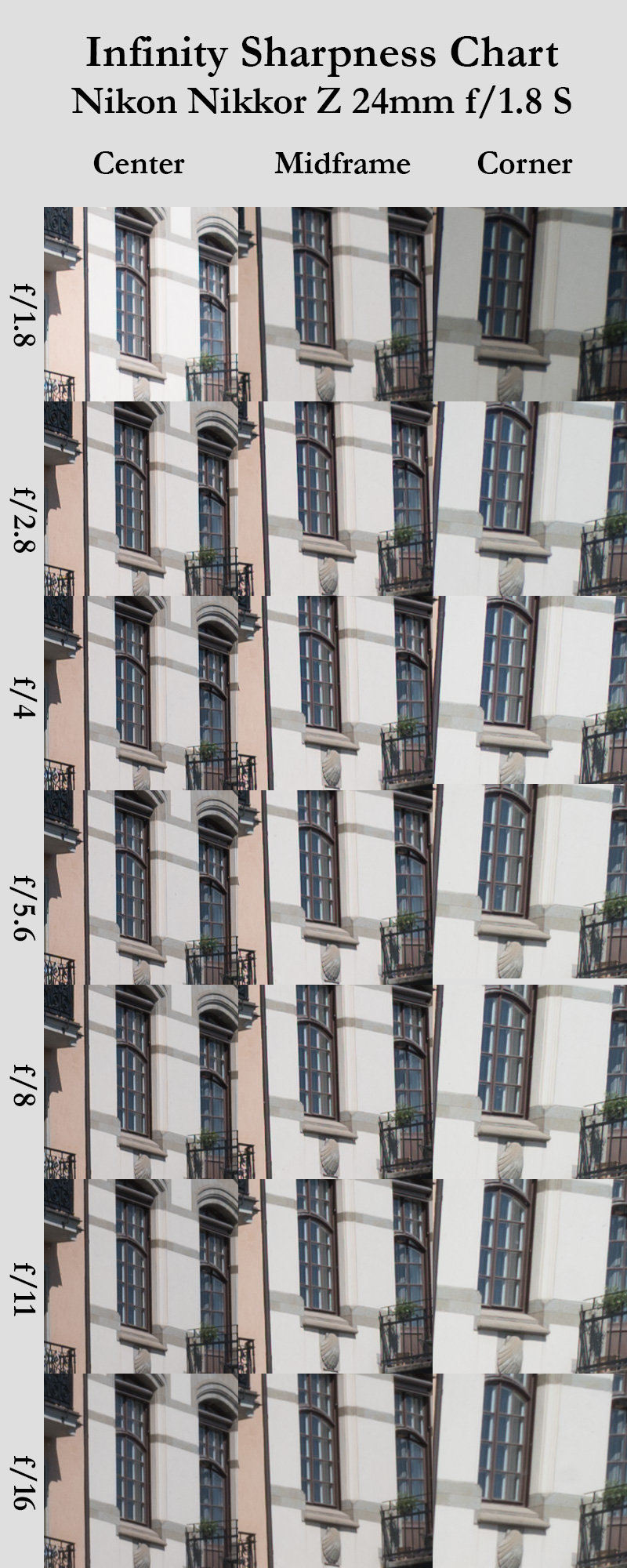
1.8: The sharpness is very good at the center, the midframe and corner are slightly weaker but still very good.
F/2.8: Center sharpness is excellent, the rest of the frame has improved a lot, especially the mid-frame.
F/4: The center sharpness is perfect and mid-frame excellent. corners have improved even more.
F/5.6 even the corners are excellent now, so excellent everywhere.
F/8: Excellent everywhere.
F/11: A slight hit by the diffraction effect, which draws down the sharpness level a little.
F/16: A little less overall sharpness due to diffraction.
The micro contrast is very good and generally this is, although not perfect, an excellent performance. This is the sharpest 24mm lens Nikon has produced ever.
Sharpness (Portrait)
Let’s look at the portrait distance (for a 24mm lens about 55-60 cm) at the very center, center’s inner periphery and center’s outer periphery (points of interest for portraits).
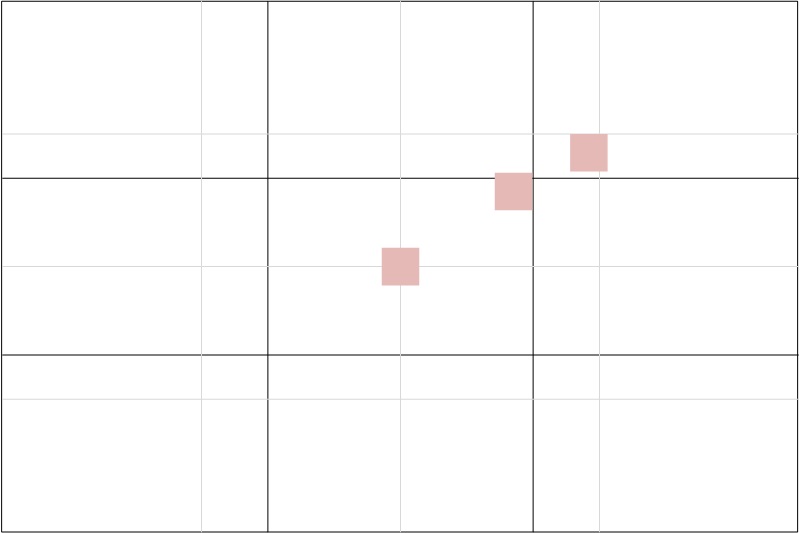

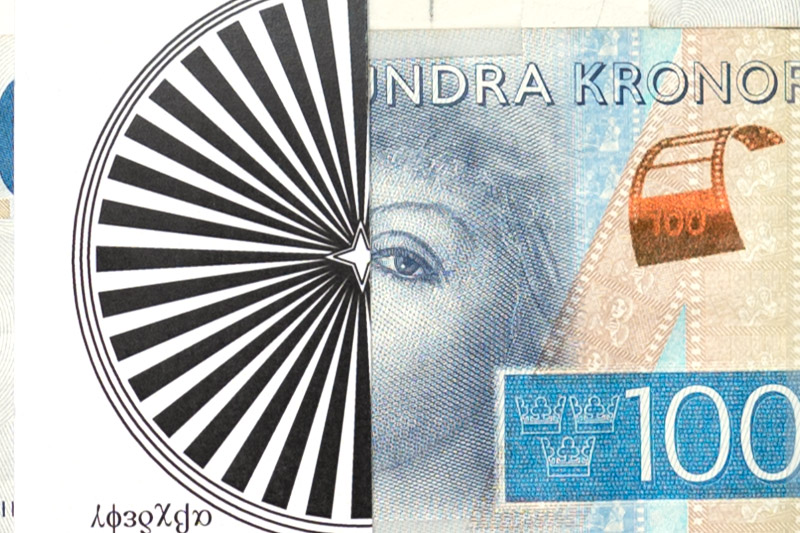
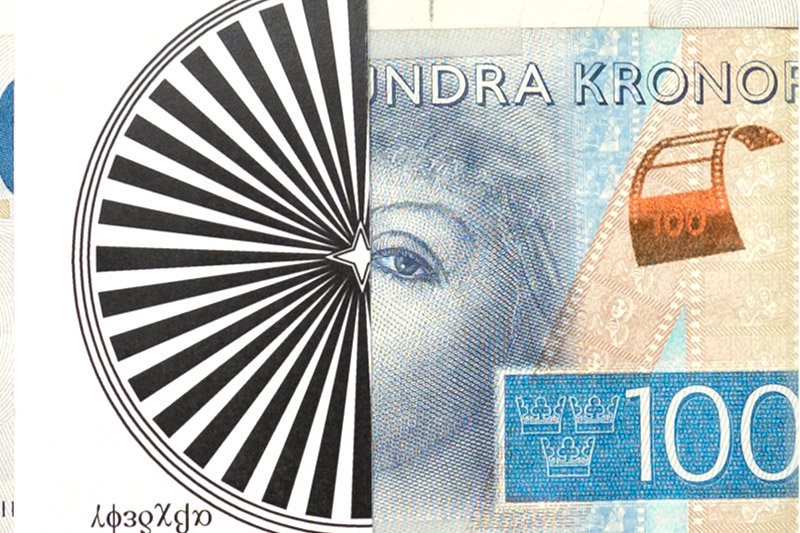
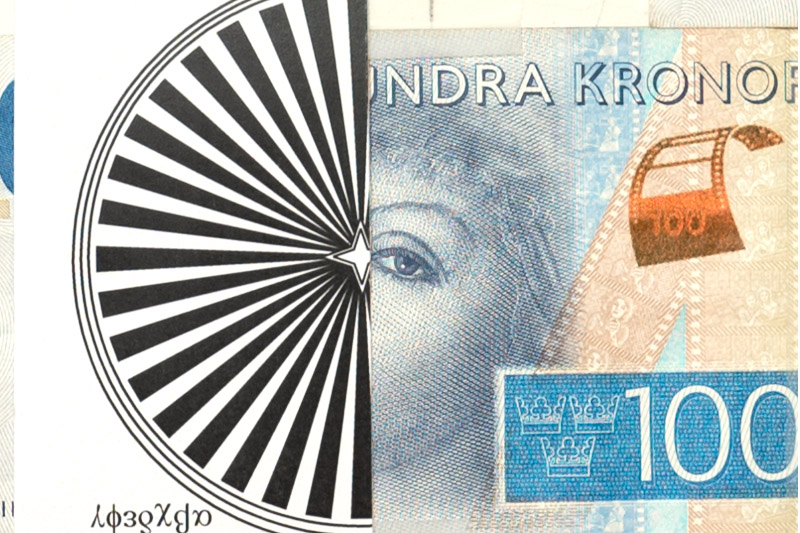
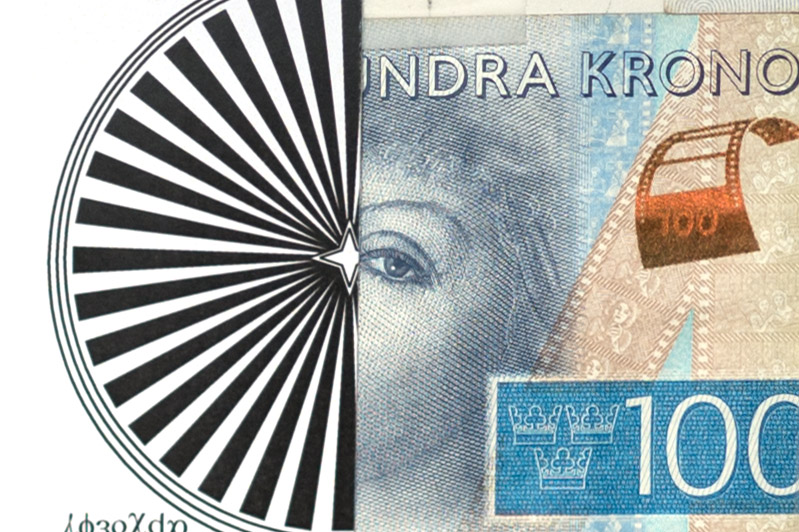
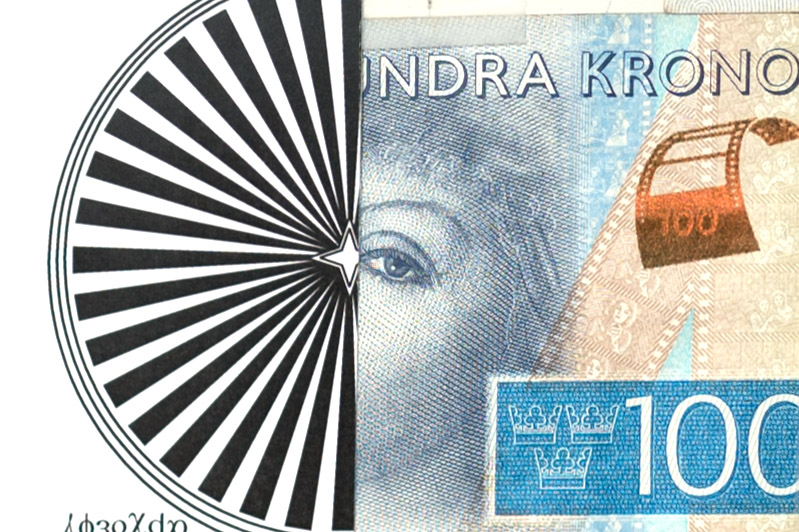
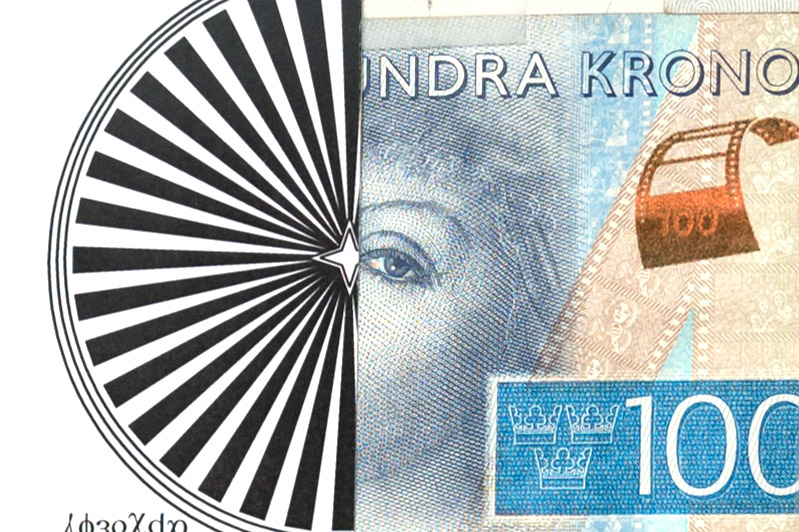
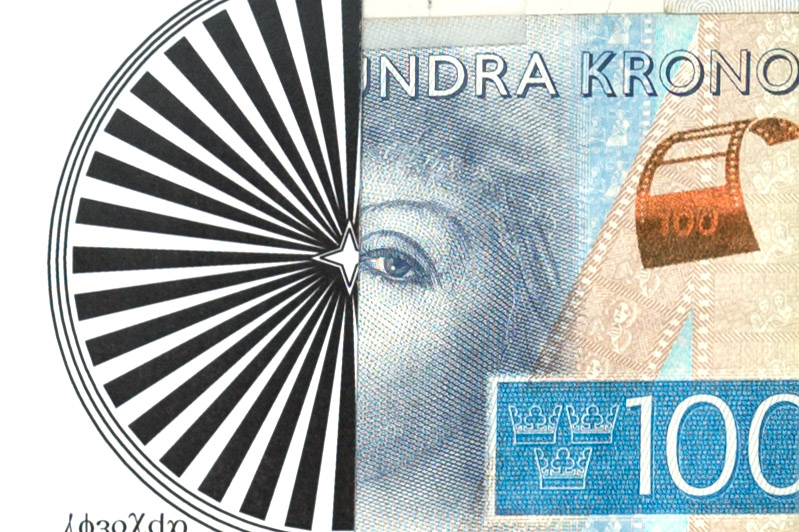
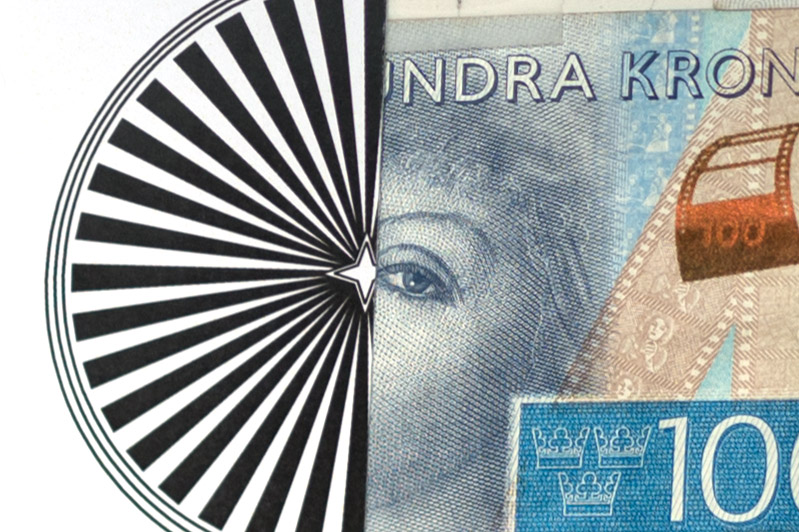
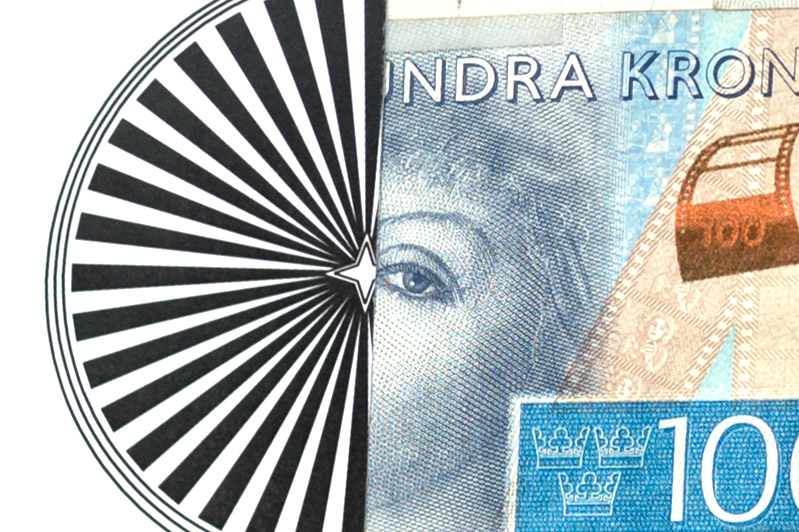
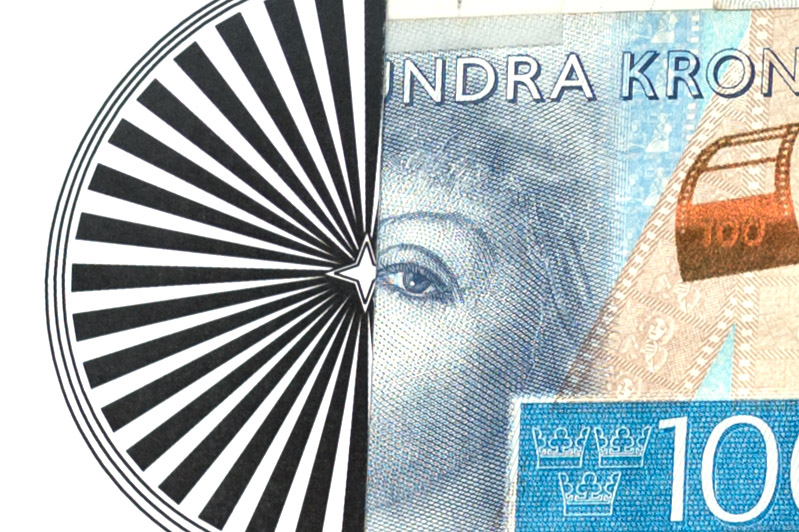
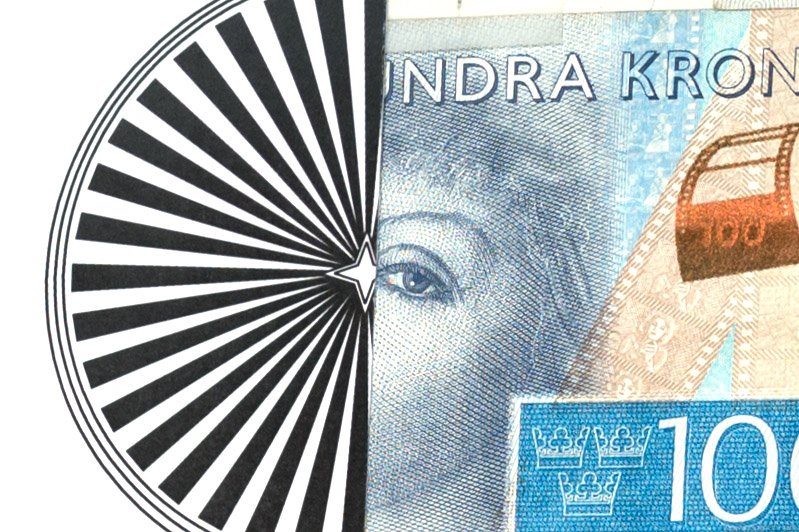
Here all test points at all tested apertures look almost the same, equally good, excellent. It is difficult to see any difference between the different apertures and different points in the test on a 24 Mp camera. It may show a slight difference if it was on the more demanding 46 Mp sensors. Generally even there the difference should not be that big. Excellent again.
Sharpness (Close-up)
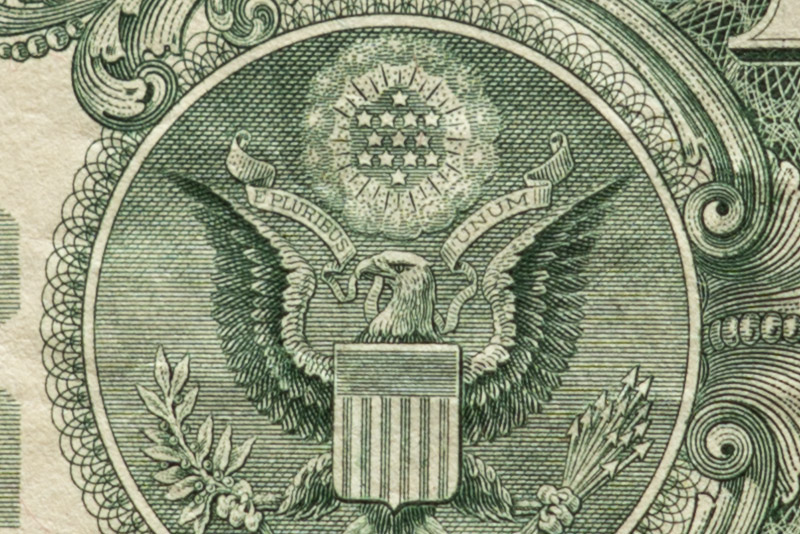
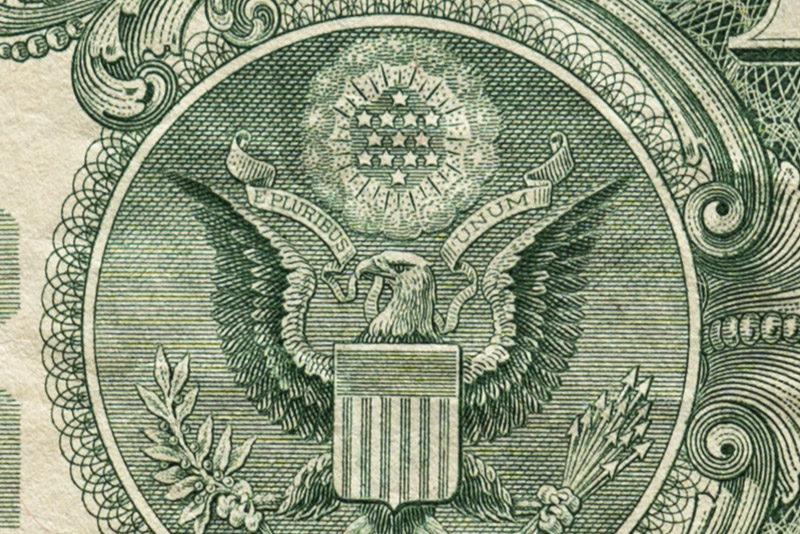





Even here you can get excellent results right from f/1.8 but not perfect. At 2.8 it gets perfect though, excellent sharpness and contrast. At f/11 you get a slight decrease in the sharpness but not much that is more visible at f/16 but not with huge fall. That’s completely normal and the same for all lenses as this is an effect of diffraction.
Lens Distortion

There is a very mild degree and negligible amount of barrel distortion and normally you do not need to worry about it. If you use Adobe Lightroom (or any of Nikon’s own raw processors) it is corrected automatically without you knowing about it.
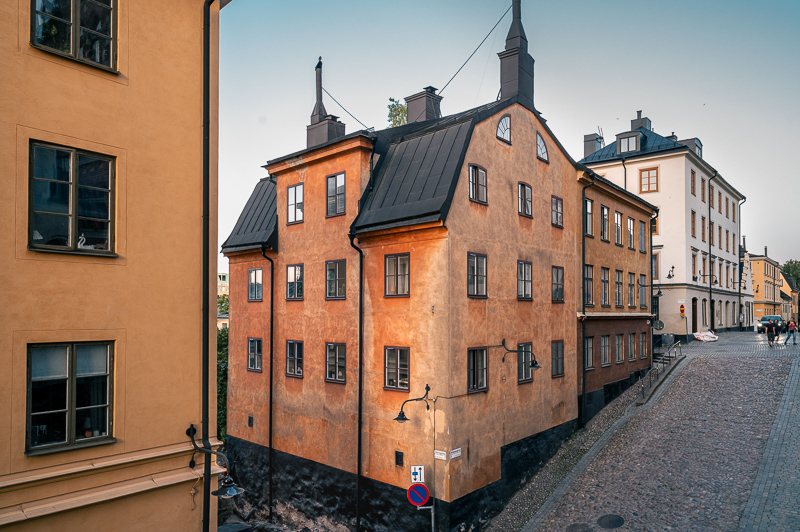
Vignetting
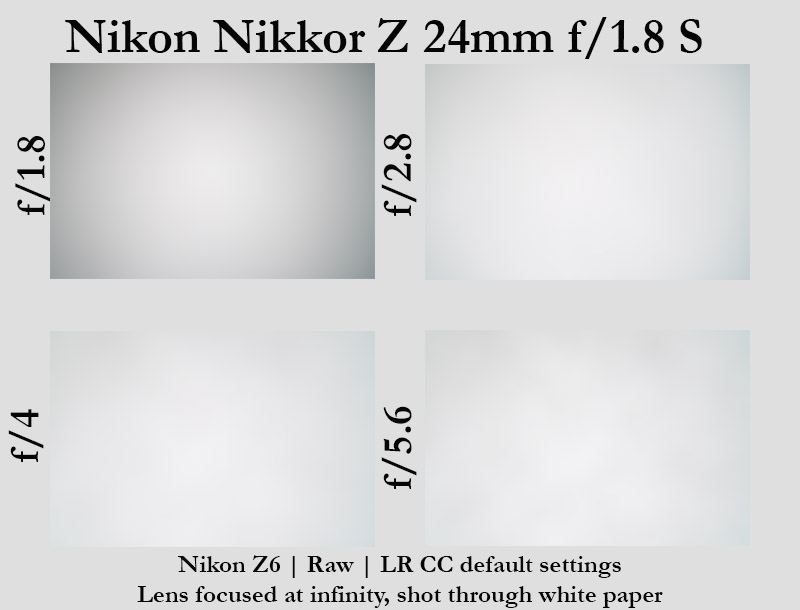
At f/1.8 there is about 2 stops of light fall-off at the extreme corners.
At f/2.8 it reduces a lot to about 1 stop. At f/4 and f/5.6 it is about 2/3 of a stop, which is much less compared to the Samyang 24mm 1.8 AF as well as the Sony FE 24mm 1.4 GM.
Flare Resistance
As I hoped for and expected from a Nikkor Z S lens the flare is controlled very well, and so it is indeed. If you really push it to the extreme situations you can see some veiling and ghosting but even in those situations they never are even close to ruin the image. A fantastic job from Nikon in controlling the flare.
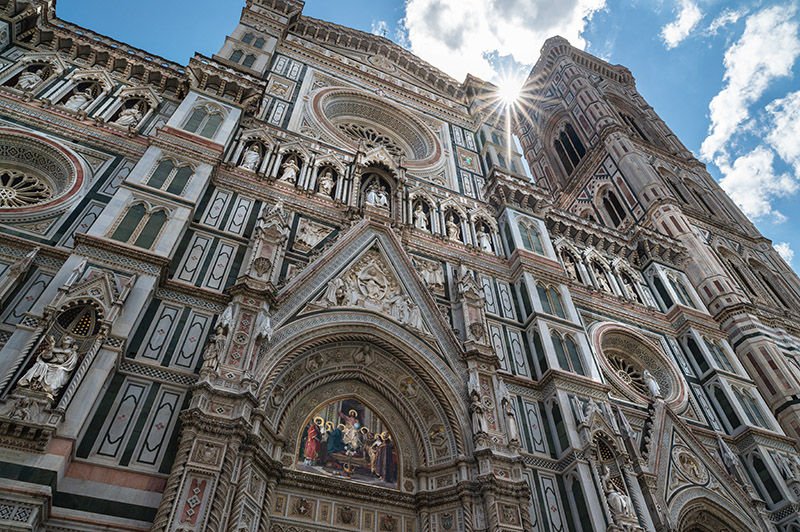
In the following series you can see when I really tried to get some flare by changing the camera angle and see where it looks worse. There are some flare in all the three pictures with the worst case in the last one.
Chromatic Aberrations
Lateral CA is very low as expected from the MTF chart and negligible (see the tree branches in the corners of the image in the Sunstars section, no CA correction applied). The longitudinal CA, on the other hand, is noticeable at wide apertures but improves a lot at f/2.8 and disappears almost completely at f/4. Here you can see a real life example. To see lab tests of LoCA see the images under Focus Shift section to see the effect at different apertures.
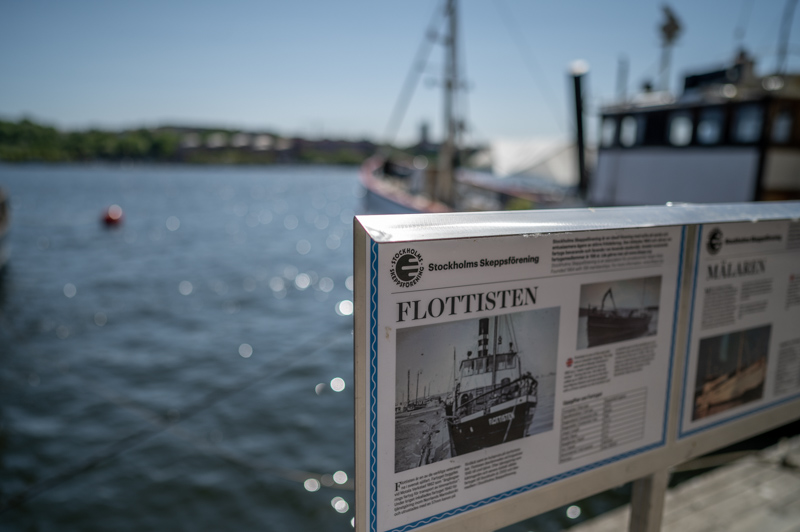
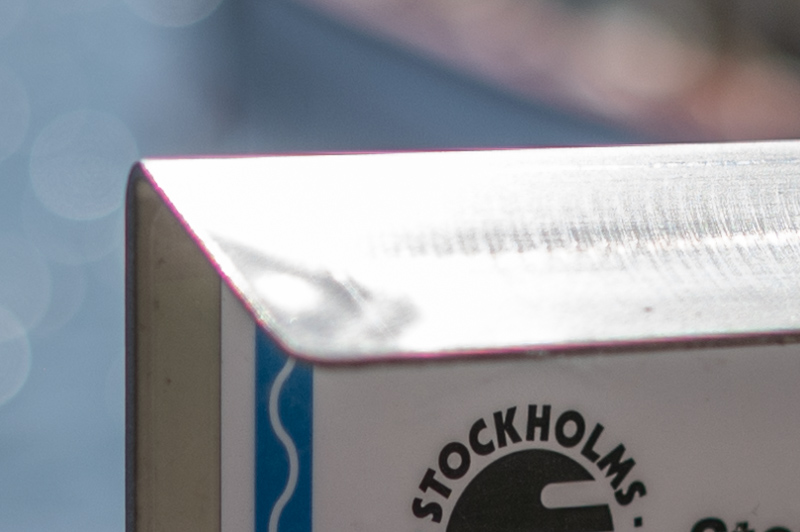
Focus Shift
There is some small but negligible amount of focus shift, this is very good.
You can also see the LoCA manifestation in this test shot series at different apertures.
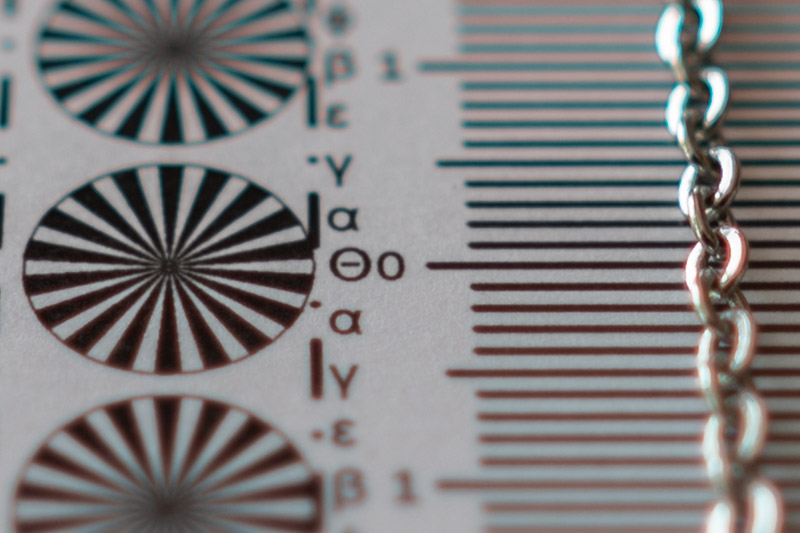
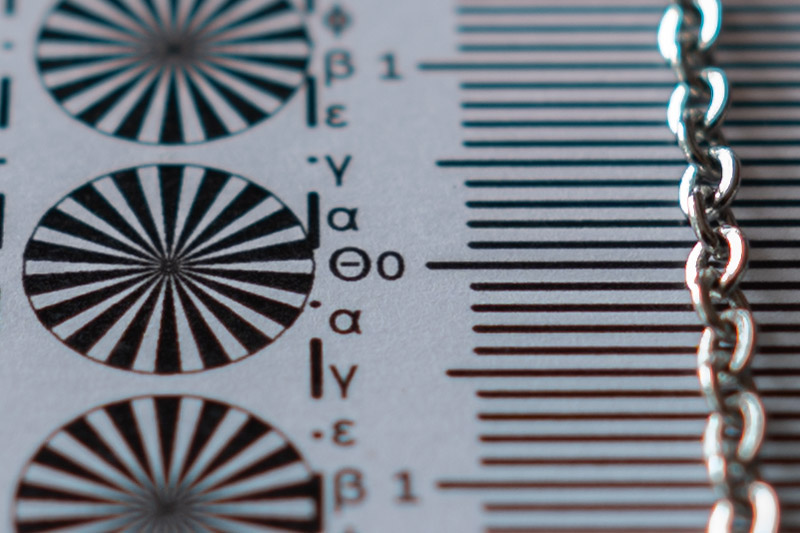
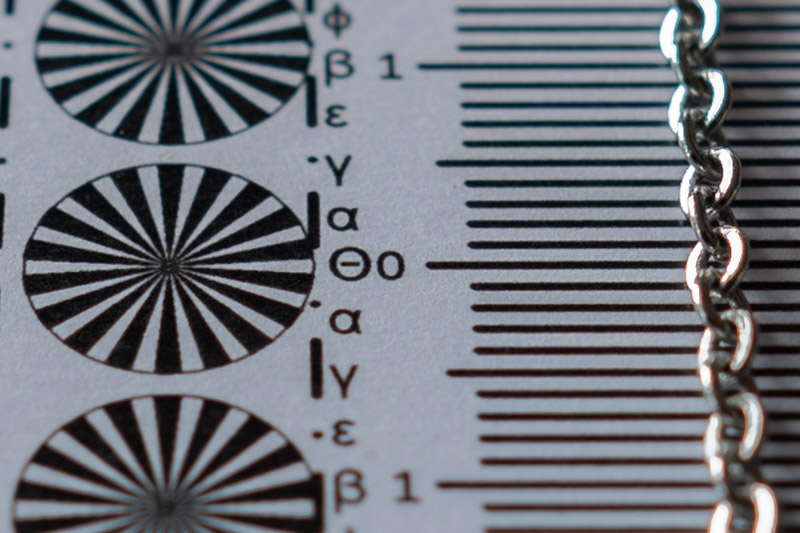
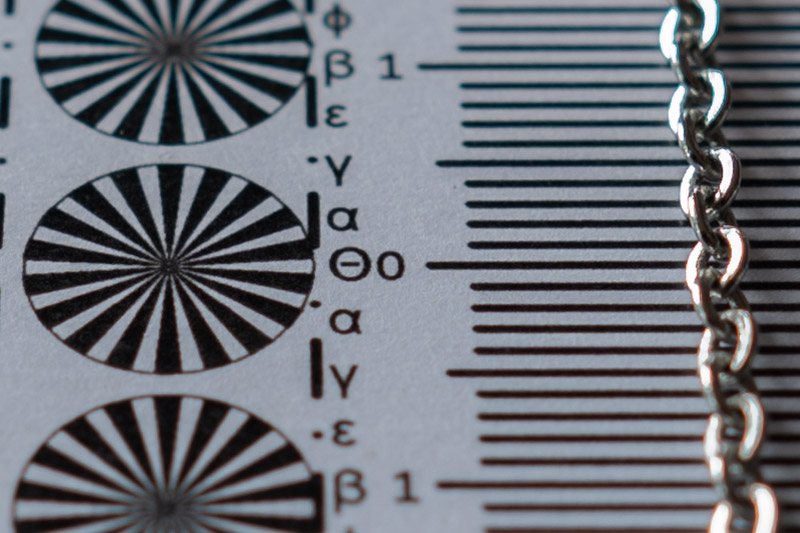
Coma
The lens shows some very small coma, it is hardly noticeable but it’s there. It gets a little better by stopping down but never goes away completely.
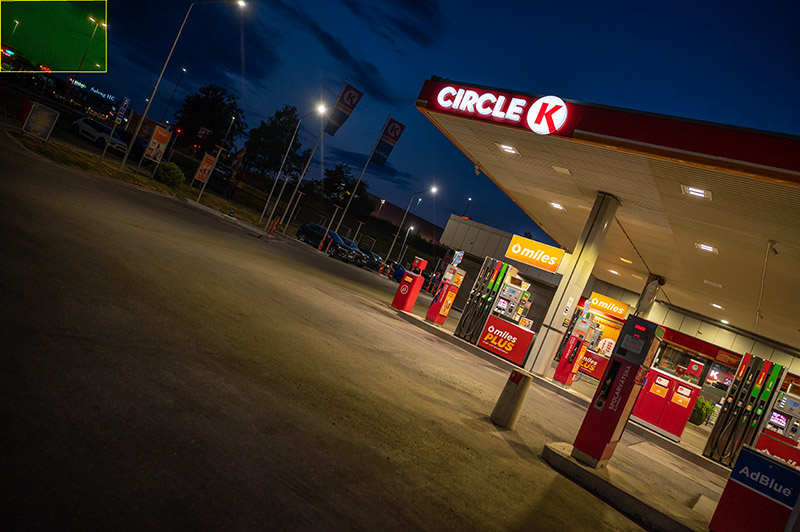
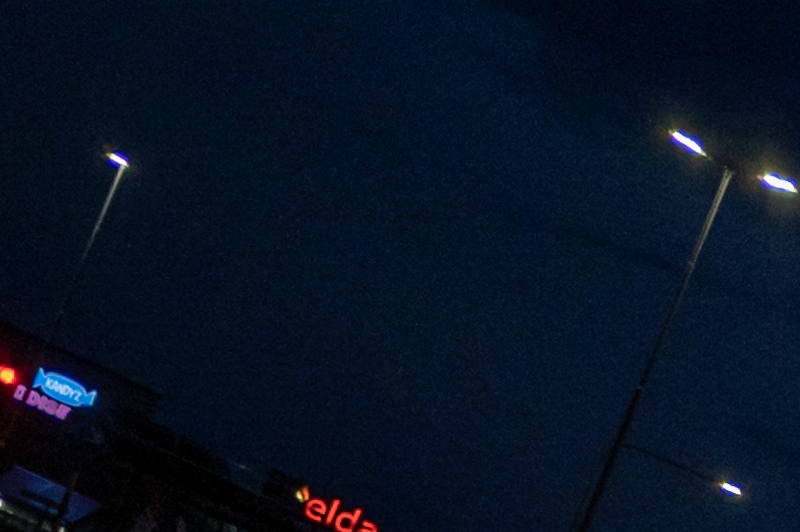
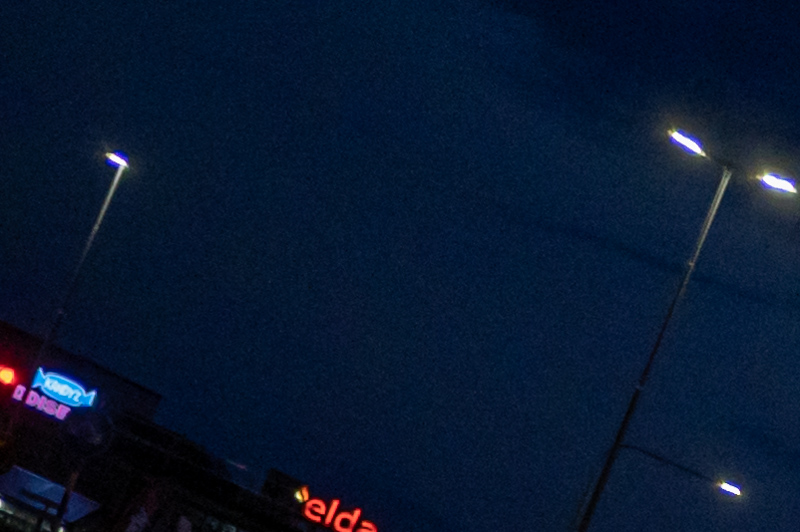
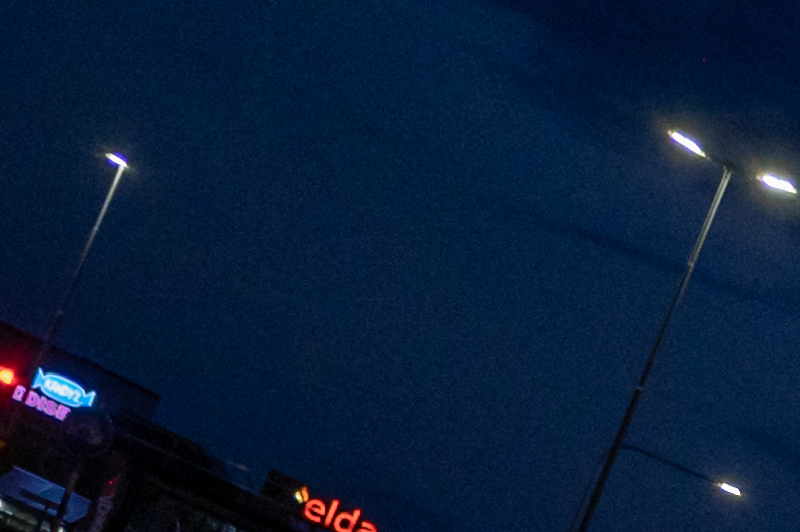
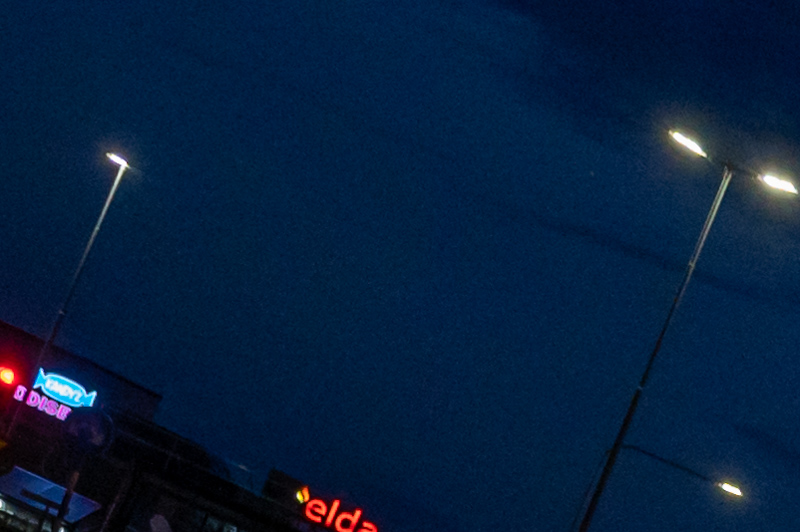

Sunstars
Sunstars’ beauty is subjective. You can get nice 18 pointed sunstars with this lens from f/5.6 but for my taste they get very beautiful and distinct from around f/9.
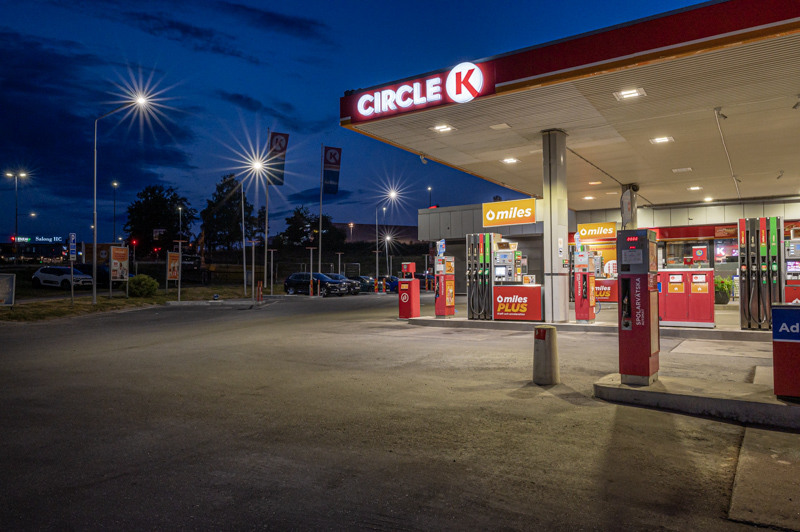

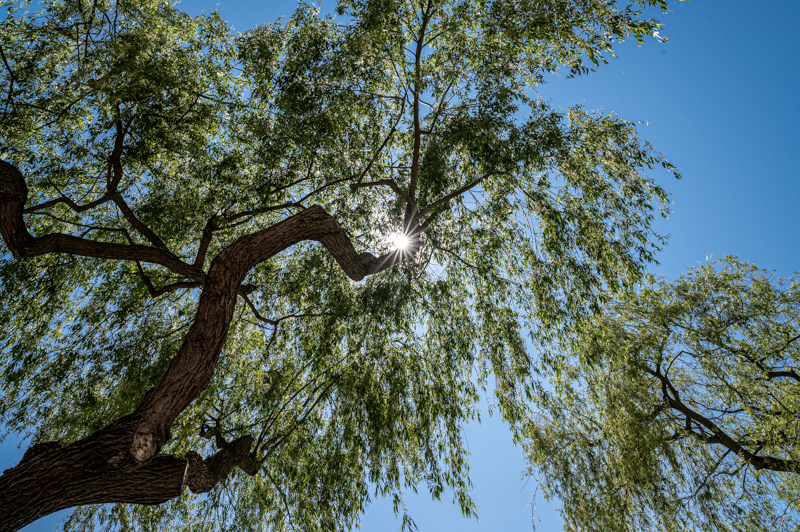
Focus Breathing

Almost no focus breathing at all, excellent performance here, this is great especially for video makers.
Bokeh
Thanks to the relatively large aperture of this lens you can get decent background blur if you take photos with large apertures at closer distances. Normally a 24mm lens is not used mainly for creating images with dreamy bokeh and you should not expect that either especially if there are aspherical elements in the lens; in this case 4 of them. The beauty of the bokeh is subjective though and I don’t think that bokeh of this is bad at all, it is actually quite smooth for a 24mm lens in my eyes. It can be a little less smooth at mid-distances but I’ll let you judge for yourself if the bokeh is beautiful or not.
Here is an image taken at f/1.8, focus near MFD and its 100% crops of center, mid-frame and corner of the image, which demonstrate some very slight indication of onion rings but not obvious at all. They also show that the lens vignetting is much better than average as the bokeh balls towards the edges and corner are not that much deformed or truncated. This is very good for a fast lens at f/1.8.
A few examples of background blur, I add a few others to the sample images as well.
Close distance
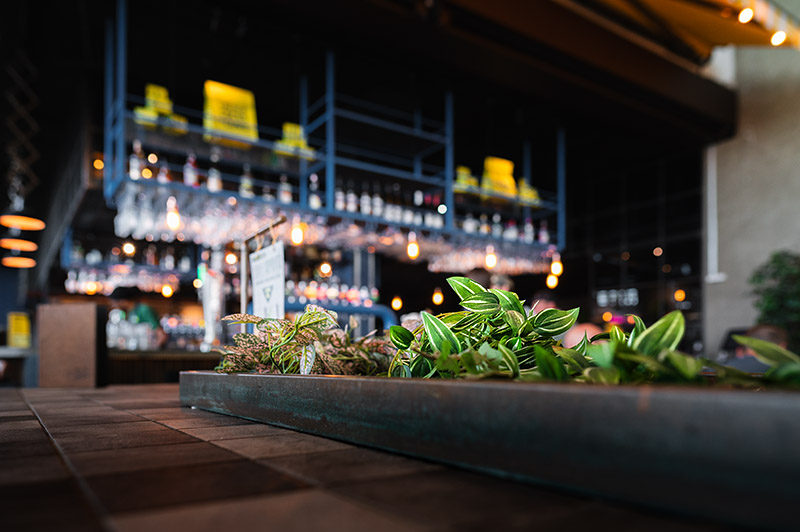
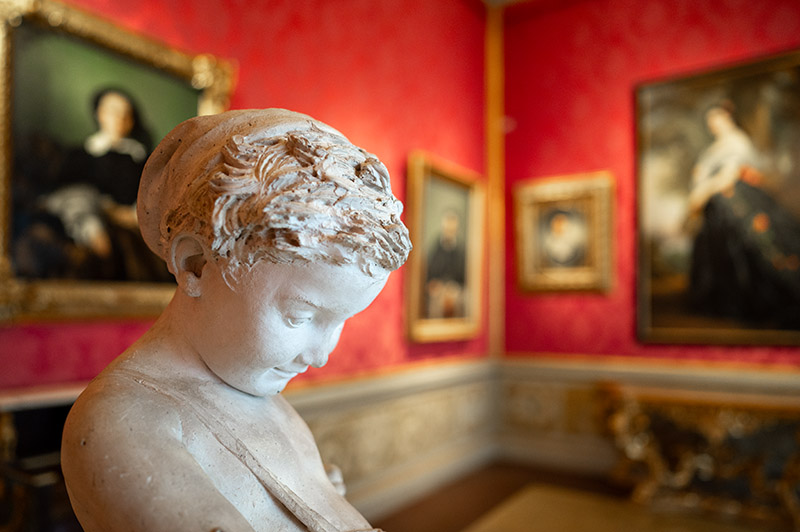
Medium distance
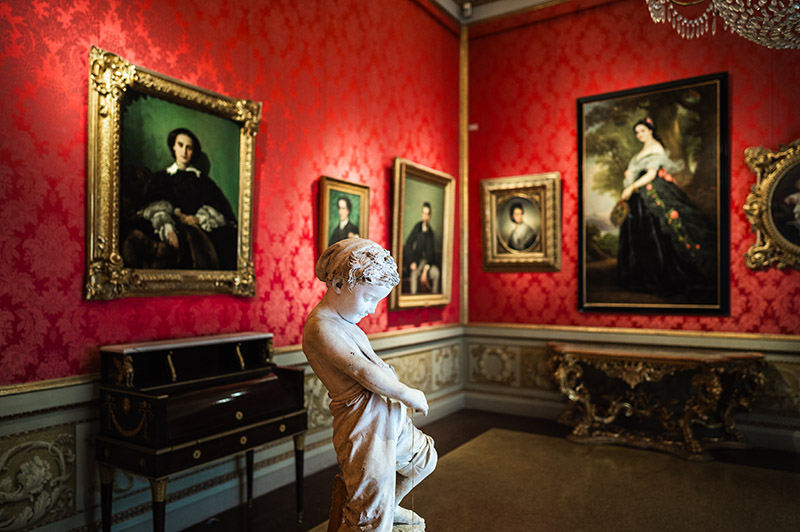


Long distance

Conclusion
| I LIKE | AVERAGE | I DON’T LIKE |
| Sharpness across the frame Contrast Flare Resistance Lateral CA Correction Distortion Control Sunstars Bokeh Coma Build Quality Autofocus Programmable Ring Environmental Sealing |
Size Weight Longitudinal CA Correction |
Price Lack of Stabilization |
This is the most modern and sharpest 24mm lens Nikon has ever made. Maybe not the sharpest of all 24mm lenses though as pixel peepers might find one or two possibly slightly sharper 24mm lenses for other camera brands. Anyhow this is an extremely sharp lens right from its widest aperture and for Nikon Z users the sharpest 24mm prime money can buy. Good control of aberrations, flare and distortion with beautiful sunstars. It has excellent optical qualities that leaves very little to wish for, is built, looks and behaves as a modern lens should do. High build quality and environmentally well sealed. If you need or like a robust and fast 24mm lens capable of creating excellent results with good sharpness, contrast and out of focus backgrounds, this is the lens for you. I enjoyed using this lens a lot during the review period and can easily recommend it.
If you are interested in buying this lens or any of the lenses in the Alternatives section you can support our efforts by using the links below or given under each lens. It won’t cost you a penny and it won’t affect the price but helps us a little.
Nikon Nikkor Z 24mm f/1.8 S
Buy new: amazon.com, amazon.de for $850 (Affiliate links)
Buy used: ebay.com, ebay.de, ebay.co.uk, ebay.fr, ebay.com.au (Affiliate links)
Alternatives
Viltrox 24mm f/1.8 Z
The only autofocus Z mount alternative to date. Smaller and lighter. Good build quality and optically not very far from Nikkor Z 24/1.8 except the distortion and vignetting, which are not as good and also no weather sealing but less than half the price of Nikkor Z 24/1.8 at about ~ $380 today.
Buy new: Viltrox Store, amazon.com, amazon.de for $380 (Affiliate links)
Buy used: ebay.com, ebay.de, ebay.co.uk, ebay.fr, ebay.com.au (Affiliate links)
Nikon AF-S Nikkor 24mm f/1.8G ED
This is the predecessor of the reviewed lens in Nikon F mount. Also optically very good but not quite as good as the new Z mount version. A little cheaper than the Z version though. If you have a Z camera go for the Z lenses, otherwise this is a very good choice both on Nikon DSLR and Z with adapter.
Buy new: amazon.com, amazon.de for $745 (Affiliate links)
Buy used: ebay.com, ebay.de, ebay.co.uk, ebay.fr, ebay.com.au (Affiliate links)
Nikon AF-S Nikkor 24mm f/1.4G ED
2/3rd of a stop faster from the same generation as the aforementioned lens but 5 years older and optically a little weaker than its little brother, the 1.8 version, while its price is more than twice as the f/1.8 version. This one has better corner performance though. If you need the extra speed go for it, otherwise take the f/1.8 version.
Buy new: amazon.com, amazon.de for $ (Affiliate links)
Buy used: ebay.com, ebay.de, ebay.co.uk, ebay.fr, ebay.com.au (Affiliate links)
Nikon Nikkor 24mm f/2.8 Ai-s
Manual focus from Nikon’s heyday, excellent mechanical instrument, compact and lightweight. Good optical characteristics. Very soft in corners wide open but very good 2-3 stops closed, which normally is the case if you do landscapes. Ideal manual 24mm for street and landscape photography on film cameras and for manual focus enthusiasts.
Buy used: ebay.com, ebay.de, ebay.co.uk, ebay.fr, ebay.com.au (Affiliate links)
Nikon Nikkor 24mm f/2.8 AF and AF-D
Exactly the same lens as the Nikkor 24mm f/2.8 Ai-s but with autofocus. If you prefer autofocus and are on a tight budget take this one, otherwise the AF-S version is a better choice.
Buy used: ebay.com, ebay.de, ebay.co.uk, ebay.fr, ebay.com.au (Affiliate links)
Sigma 24mm f/1.4 DG HSM Art
Sigma’s top line Art series. Faster at f/1.4 with autofocus but in F mount (like Nikkor AF-S 24/1.4G). It is about 50% heavier than Nikon Z 24/1.8 but physically comparable with Nikon’s AF-S 24/1.4 G lens. Almost as good as Nikon’s 24/1.4 G but not quite. However, the Nikon 24/1.4 is more than twice as expensive. Actually in the center of the image at its widest aperture it competes successfully with the Z mount version, which is better than Nikkor AF-S 24/1.4 but not further stopped down and not anywhere else other than the center. So, it’s faster and sharper in the center up to about f/4 but, lo and behold, it’s cheaper than the slower Nikon Z lens, new, as it is still in production. If you need the extra speed but on a budget go for this one, otherwise the Z lens if you have Z body or the AF-S f/1.8.
Buy new: amazon.com, amazon.dr for $820 (Affiliate links)
Buy used: ebay.com, ebay.de, ebay.co.uk, ebay.fr, ebay.com.au (Affiliate links)
Sigma 24mm f/1.8 EX DG Aspherical Macro Nikon
An older and cheaper design from Sigma. About the same weight (actually 35g heavier), a bit shorter but larger diameter compared to Nikkor Z 1.8. Very slow and noisy autofocus in F mount, generally the weakest of most of the listed alternatives but it can focus very close and therefore able to create nice bokeh (at close distances). If the only thing about the 24mm lens is the bokeh and close-up photography, consider this one otherwise you would be better off choosing any other lens in the list. It is not produced anymore but you can buy it used.
Buy used: ebay.com, ebay.de, ebay.co.uk, ebay.fr, ebay.com.au (Affiliate links)
Samyang 24mm f/1.4 ED IF UMC
2/3rd of a stop faster manual focus lens in F mount. Larger and heavier though. Being from 2001 it’s a quite old optical design compared to more modern lenses from 3-4 years ago to now and that can be seen in the images. You can buy this lens new for about $480 at Amazon
Buy new: amazon.com, amazon.de for $ (Affiliate links)
Buy used: ebay.com, ebay.de, ebay.co.uk, ebay.fr, ebay.com.au (Affiliate links)
More Sample Images


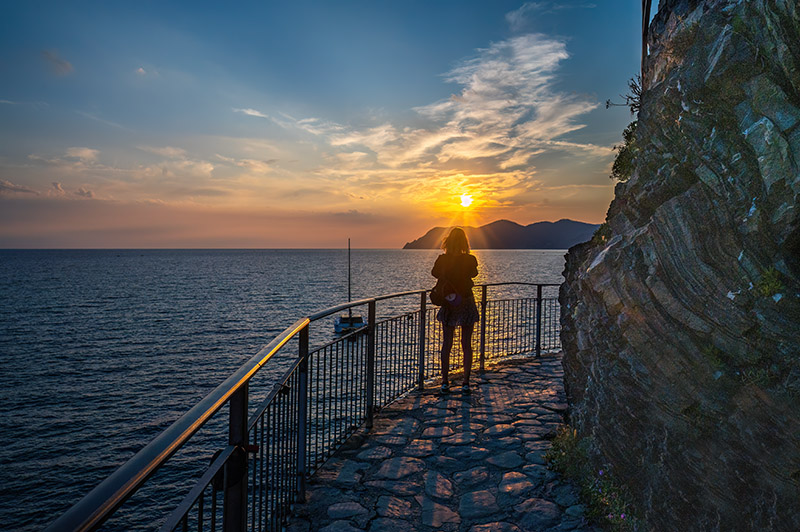

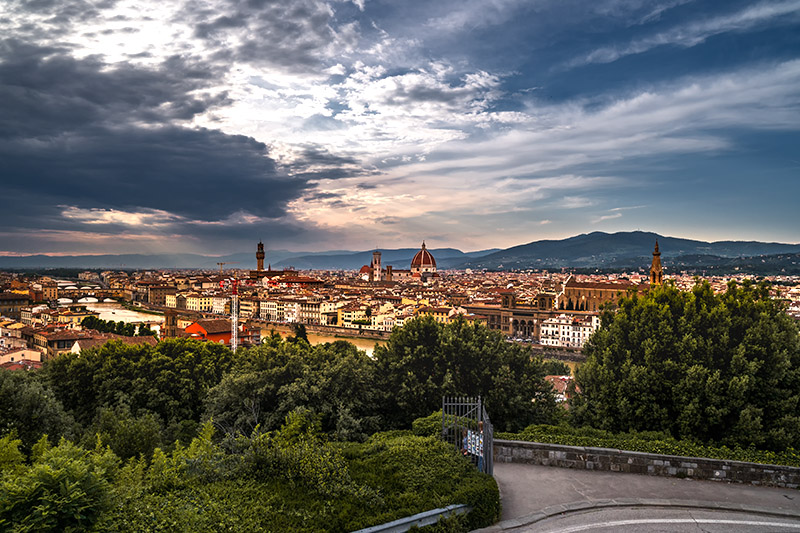
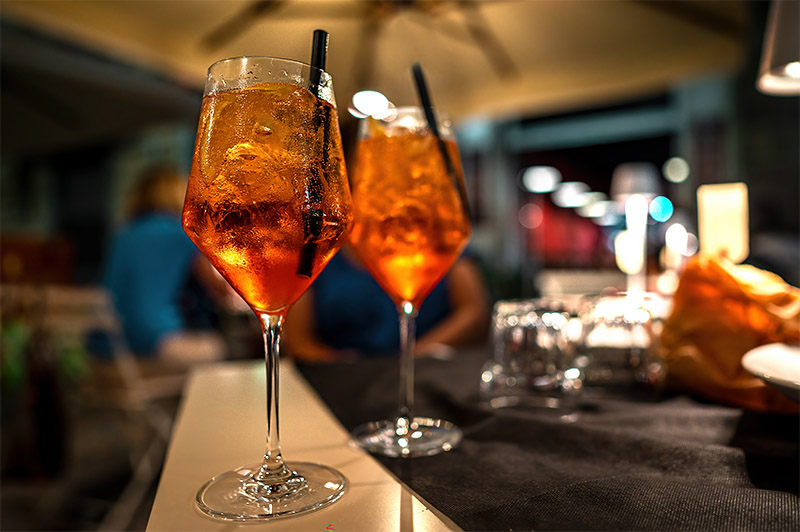
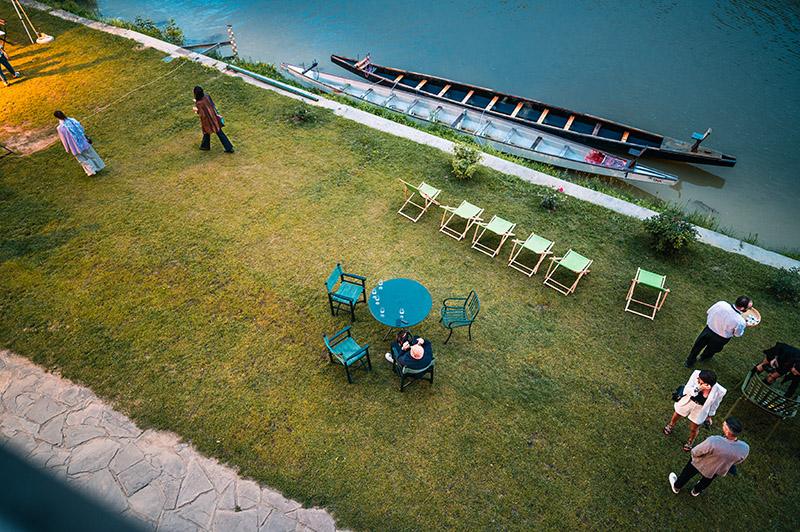
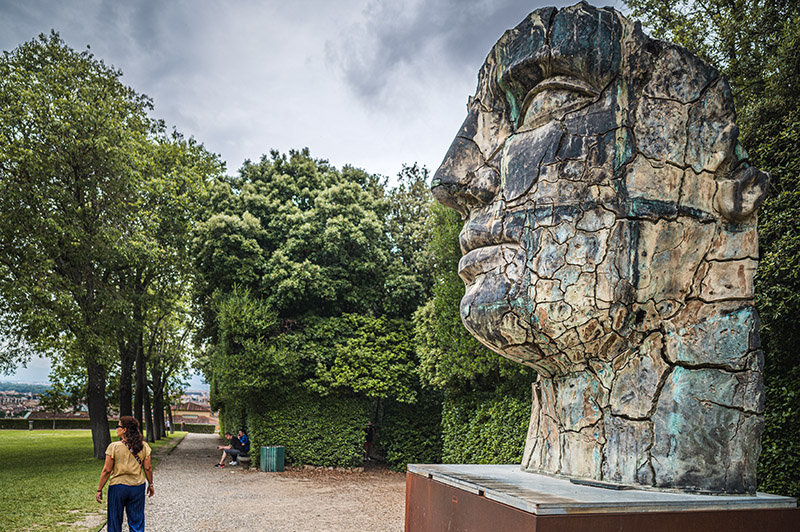
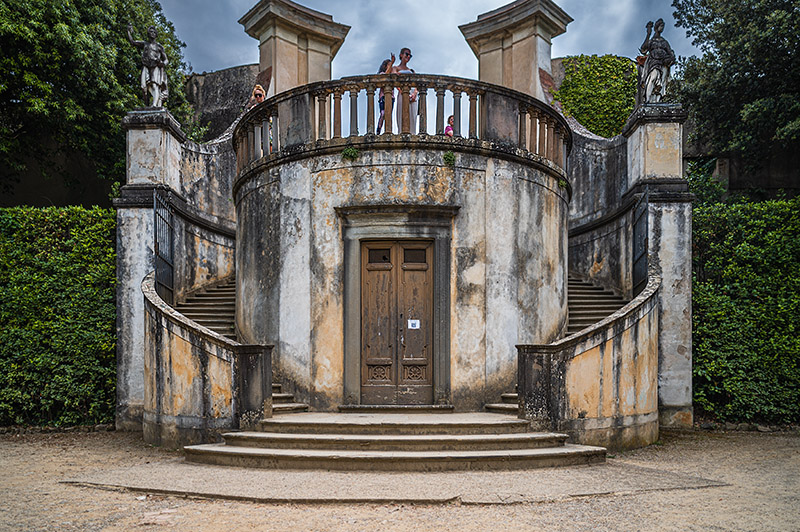
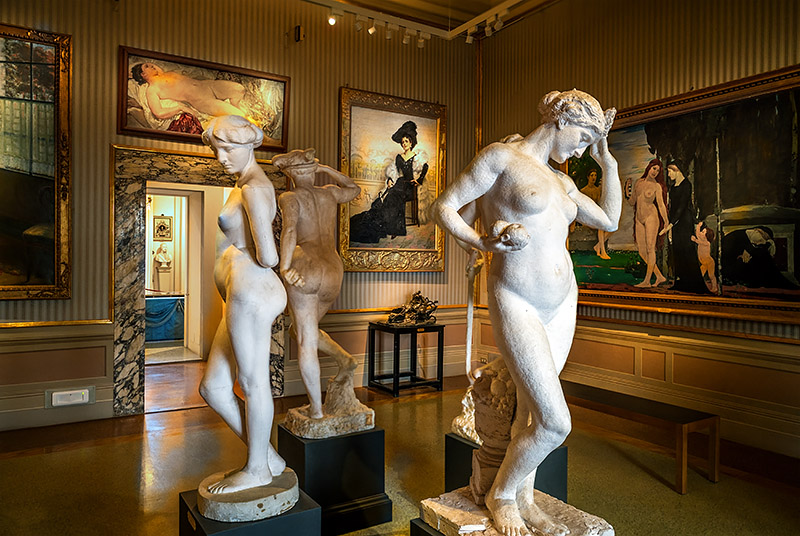

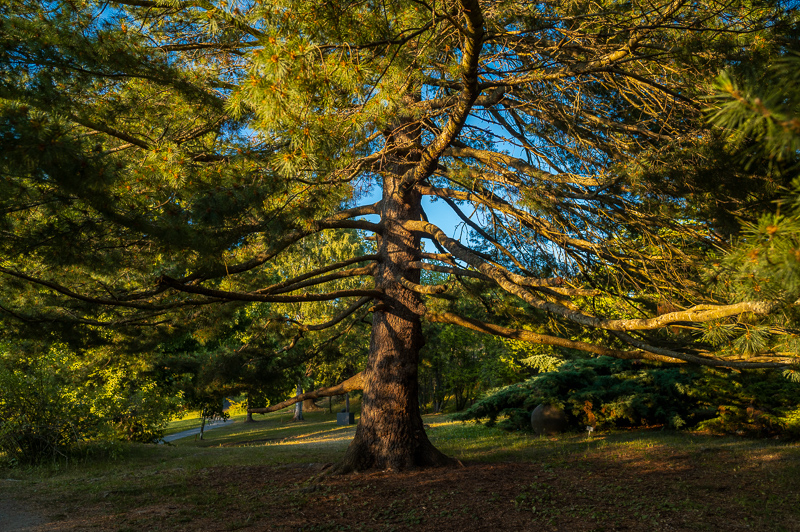
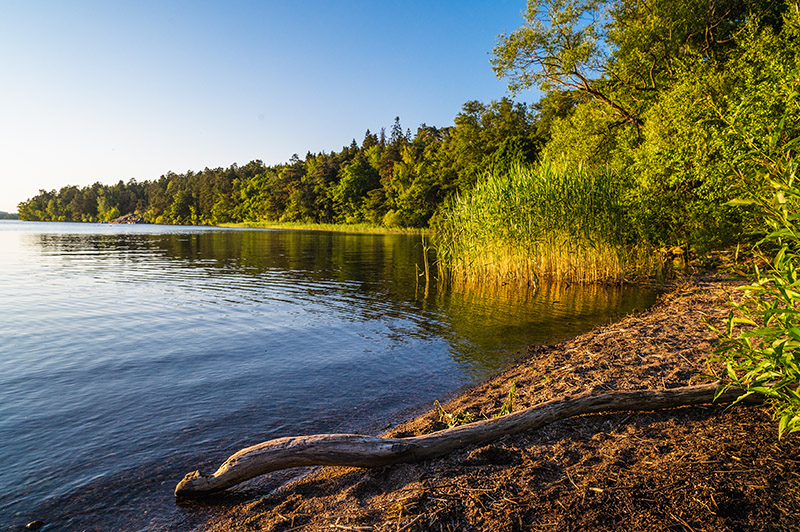
Most of the sample images in this review and many more can be found in higher resolution here.
Further Reading
- Review: Samyang AF 24mm 1.8 FE
- Review: MS-Optics 24mm 2.0 Aporia
- Review: Tamron 24mm f/2.8 Di III OSD M1:2
- Review: Sony FE 24mm 1.4 GM
- Review: Samyang AF 24mm f/2.8 FE – Small lens, big compromise
Support Us
Did you find this article useful or just liked reading it? Treat us to a coffee!
![]()
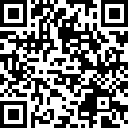
(Donations via Paypal)
This site contains affiliate links for which I may receive a small commission if you purchase via the links at no additional cost to you. This helps support the creation of future content.
Martin
Latest posts by Martin (see all)
- Analogue Photography: Part 4 – Ilford HP5 Plus at a Historical Engine Factory - December 3, 2025
- REVIEW: 7Artisans AF 10mm f/2.8 (APS-C) - November 30, 2025
- REVIEW: 7Artisans AF 35mm f/1.8 - October 15, 2025
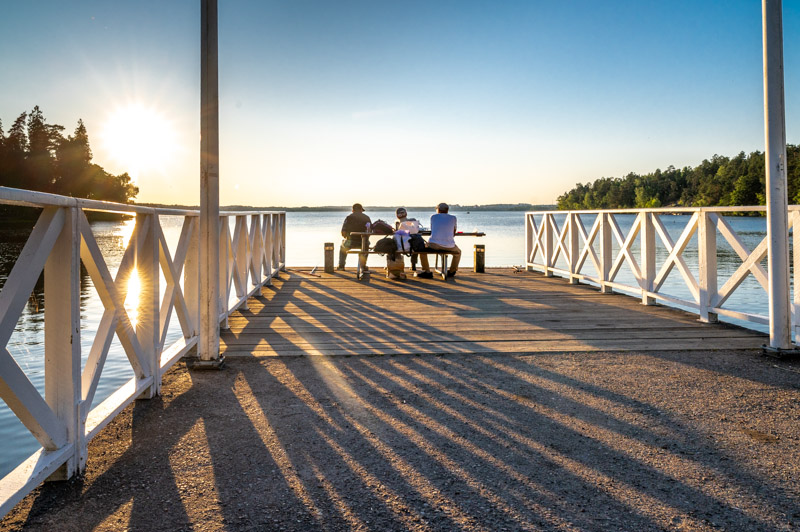
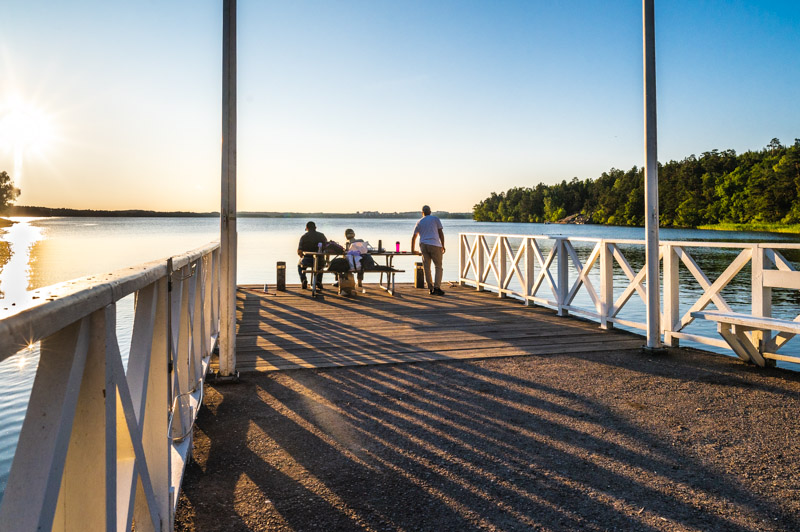
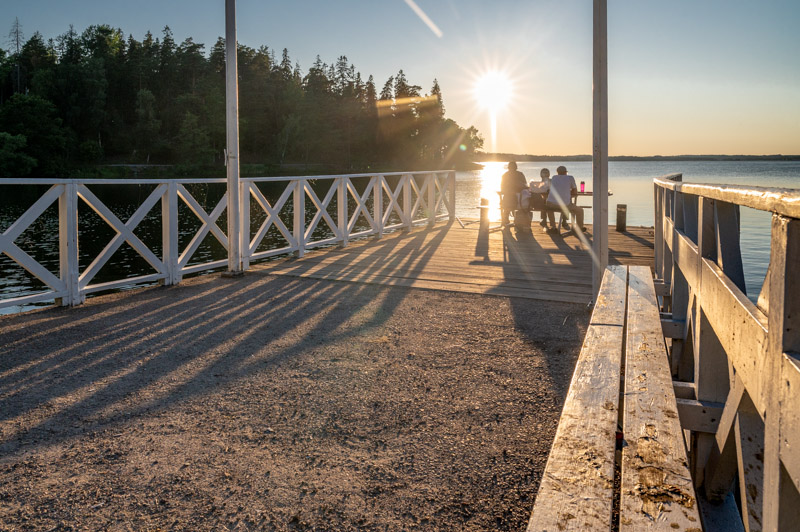
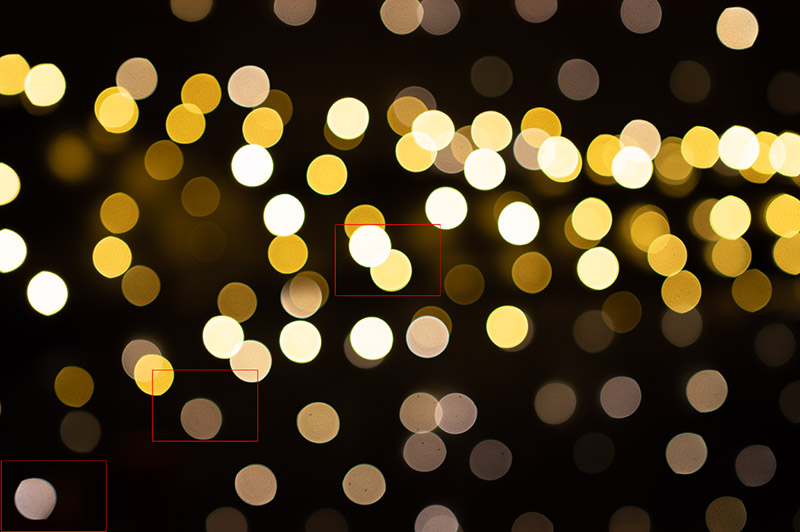

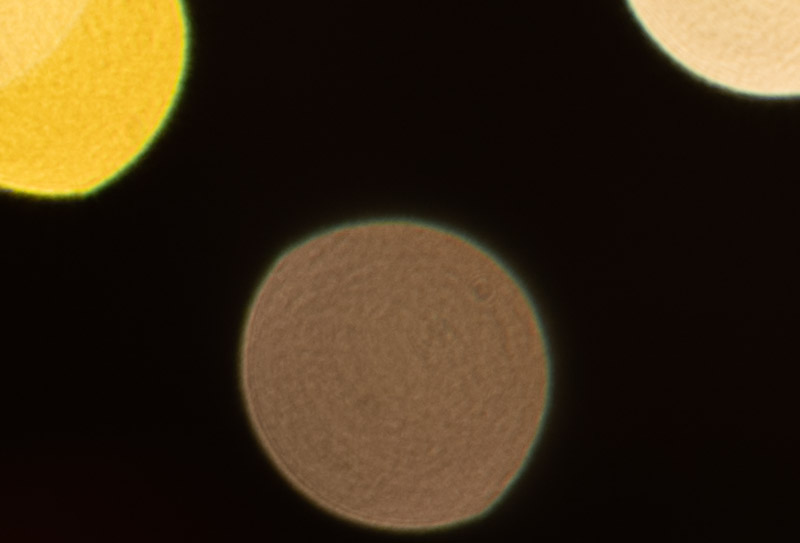

I popped in here to see what’s new, I am a fan of this portal. I have read the review, all is fine, but I have one gripe though: the images posted here as samples look overprocessed – either too sharp, or colours too saturated and the sky in some images looks like overdone HDR – I think it spoils slightly the review. Other than that all is great.
Thanks for the feedback. that is a good point, I’ll be more cautious in sharpening the sample images in coming reviews.
Which images look most over sharpened and which skies look too HDR processed to you (just to mention that I have not used HDR at all, just gradients and light/contrast).
I’ll, I may reprocess and upload new version with less or no sharpening.
See the sky in Stockholm. take care, T
Hmm, there are three Stockholm images, I guess that you are referring to the second image, right?
I checked my post processing and as I had written, I had not used any HDR, and not only I had not added saturation, I actually had lowered it.
But I could see that the colors are very intense and city lights a little too light as it is night shot, taken after sunset, which creates that kind of somewhat unnatural effects.
So now I have decreased the saturation of the sky blue and street yellow even more and also decreased the intensity of the city lights as well to make it more natural.
If you are a member of our discord community, you can ask to see the before & after sample images of the reviews and we put the raw image and the post processed published one.
You are welcome to join, ask, and see how it looked like out of the camera.
I had the same feeling scrolling into the article.
While pp taste is very personal, lens review pict shall not be overprocessed to be properly assessed.
T.
Hi Martin,
nice write-up, Nikon seems to be kicking with the Z mount!
Small correction: in the real-world sharpness chart the title appears to be wrong (i.e. 35/1.8 not 24/1.8).
Thanks a lot Victor. Yes, it was wrong indeed. Fixed now.
Ok, I’ll be the one to point at the elephant in the room… It’d be interesting to see how it compares against the ever so slightly smaller and lighter 24/1.4 GM, specially since that one could be adapted to Nikon bodies. 🙈
Actually that question has been raised in our forum and it is next to impossible to definitely say which one has the edge unless they are tested side by side at the same time with the same subjects.
But, what I could see was that the Sony GM is 5 g lighter, 5 mm shorter and 3 mm thinner. The adapter will flip the coin directly for the weight as it is certainly heavier than 5 g. The length advantage will also get a hit as the adapter is 2-3 mm, so we are talking about 2 mm shorter and 3 mm thinner, which can feel smaller in your hands, but not much. I, from the tests judging, think that Nikon has better vignetting and flare resistance and corner sharpness. So in general optically better. BUT the GM has the speed advantage of 2/3 of a stop, which can be very important for many and also marginally smaller. Which one fits you best is up to you to decide.
There’s also that $300-400 price difference heh, I’m mostly just curious tho, about the differences despite the speed disparity as much as the different approach between both manufacturers (which I still find more attractive than anyone else’s FF catalog).
I thought this was a really outstanding review. Super clear and thorough. Particularly liked the very detailed section on alternatively; that part is especially useful to those of us who can only afford to buy one option!
On a personal note, I find 24mm really challenging to shoot with. It’s one of the reason I prefer the Sigma 28-70mm for my standard zoom over the 24-70mm alternatively. Of all the sample images (which are all excellent photos), in my opinion the only one which ‘fits’ 24mm is the Amalfi landscape. All of the others could well have been shot with a tighter or wider focal length. This is of course totally subjective and personal opinion, and I’m not in anyway trying to criticise the creator of these images.
Thank you Alex.
No offence taken at all.
Yes, most of the images could be shot with a tighter or wider focal length but isn’t that true for almost any picture you take with any focal length?
At the same time, each focal length has its unique perspective and characteristics, as you wrote it comes down to one’s preferences, and I am sure that is why you prefer the 28 mm, because you cannot take exactly the same pictures with a 24 mm and vice versa.
By the way, the image was not taken in Amalfi but in the same country, it is in Cinque Terre.
Hi Martin,
I knew it was Italy but clearly guessed wrong! You’re absolutely right; it’s certainly a matter of personal preference and artistic taste. I think my favourite shots using a 24mm before have been with a 16:9 crop, or perhaps even wider, almost emulating an X-Pan. Which is, of course, just what my eye prefers for whatever complicated reason.
Yeah I think I prefer modern Nikon lens rendering to modern Sony lens rendering for sure. Though, I do like that there are still a lot more third party lenses (especially voigtlander) for Sony.
Excellent review Martin.
I usually travel with Z 14-24, but contemplating using the 24mm (or even the 20mm?) to save some weight and space.
Any thoughts about this 24mm compared to the 14-24@24mm?
Thank you Matthew.
Well, I think it comes down to your personal preferences, I personally value size and weight very high, especially when travelling.
Of this it’s obvious that I would say the 24mm but I wish it was that easy, the 14-24 is so much more versatile as it is at least three lenses in one.
Or say at least about 2 lenses. In DSLR time I had an AF-S 18-35mm G, sometimes it was the only lens with me when travelling, the quality was outstanding and the size was not much bigger than this Z 24mm, so realtively small.
But I had problem in low light situations.
I personally find the Z 14-24/2.8 too big, especially when travelling, in my last trip I took this 24mm plus a separate very small 15mm, I think I used the 15mm only once.
But I could have it in my backpack or camera bag and it was so much more convenient to go around with the much smaller and lighter 24mm, while it offered f/1.8 with a lot more background blur opportunities.
This was my choice though, consider the pros and cons I mentioned and your style and the type of subjects you photograph.
Good luck!
The AF-S 18-35mm G was one of the hidden gems of the DSLR era.
Very good at at the 18mm end, much better than the Zeiss 18mm 3.5 prime…
Yes, it was indeed. It checked several boxes for being able to be the only lens when travelling, the focal length range was from UWA (18mm) to near standard/very good street photography focal length (35mm), Sharpness was excellent, extra good at 18, exceptional micro contrast, almost impossible to get any flares in the images, very light and small with internal zooming. I wished Nikon had made a similar one for Z mount, but they made the 14-30/4, it’s larger and heavier, it extends first to get it working at all, then it extends even more when you zoom, and it does not cover all the way to 35mm. 30mm is actually very close to standard wide angle 28mm focal length, while 35 is closer to standard focal length.
I snagged that 18-35 G in near mint condition for $112 on eBay 😎 works great adapted to Sony with the monster adapter. I use it more than I thought I ever would. Not contributing to the convo or anything, I just wanted to brag, thx.
In the sharpness section It appears that the corner sample at 2.8 is darker than all the others – has this been mixed up with the 1.8 corner sample maybe?
Thank you for the feedback and my compliments for attention to details. Corners were a little mixed up indeed, it should be correct now.
Thanks again.
I too thought “maybe” you over processed the photos . Also I’ve noticed on my Nikon Z9 and the 85mm f/1.8 this almost fake look to the images. Over saturated and too contrasty . At least the blacks are very black to a cartoonish look . I’m a Nikon first guy but also shoot the Sony a7siii and the 24mm f/1.4 and 35mm f/1.3 GM lenses. The lens flare or light streaks of sort I get from from the 24mm when shooting live music video is bowed and ugly . The colors are more muted and natural though. The Sony 35mm f/1.4 GM is different where the colors are heavily saturated like this Nikon 24mm f/1.8 S .
Thanks for the interesting feedback.
As I mentioned I have neither increased the saturation nor done any more processing than I usually do. But because they look as they do the post processing should maybe be done the other way, to decrease contrast and saturation, this is what I did to the second sample image after it was pointed out to be most post processed. I had to mute the saturation both globally and for selected colors, also decreased the lightness for selected colors). May be I should do that to all images or even better maybe you also could point out those ones that look too processed to you. After all this is to some degree subjective.
Thanks
Thanks for the review Martin.
Long time follower of the fantastic reviews / website very valuable and inspiring. Nice to see the Nikon Z mount has a place! Hope more follows
Art
Thank you Art. There will be more Nikon Z reviews.